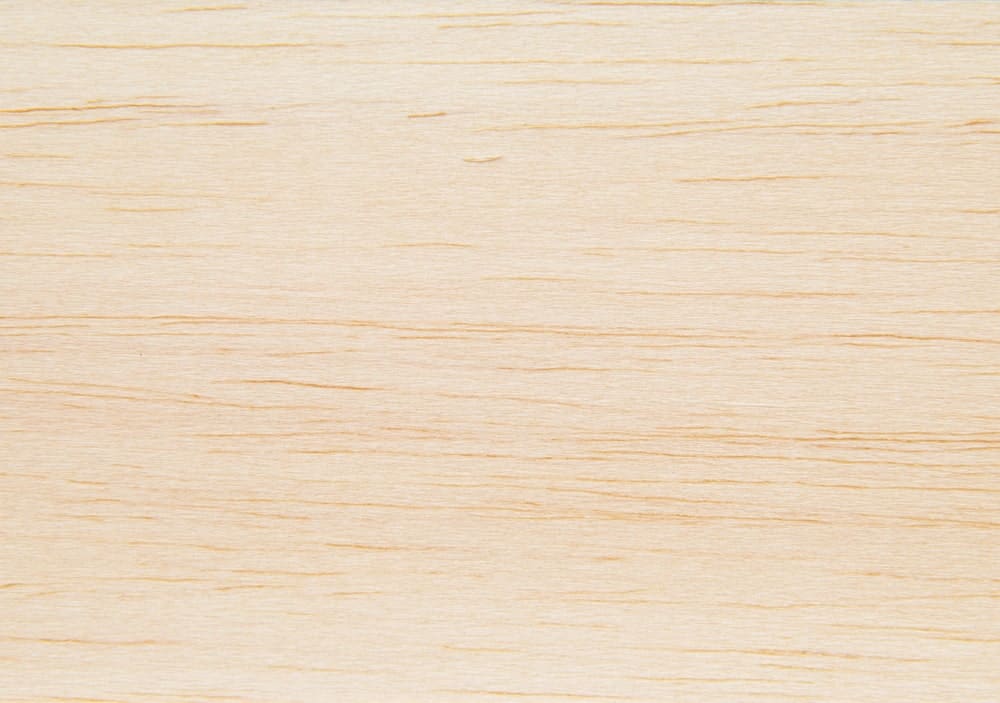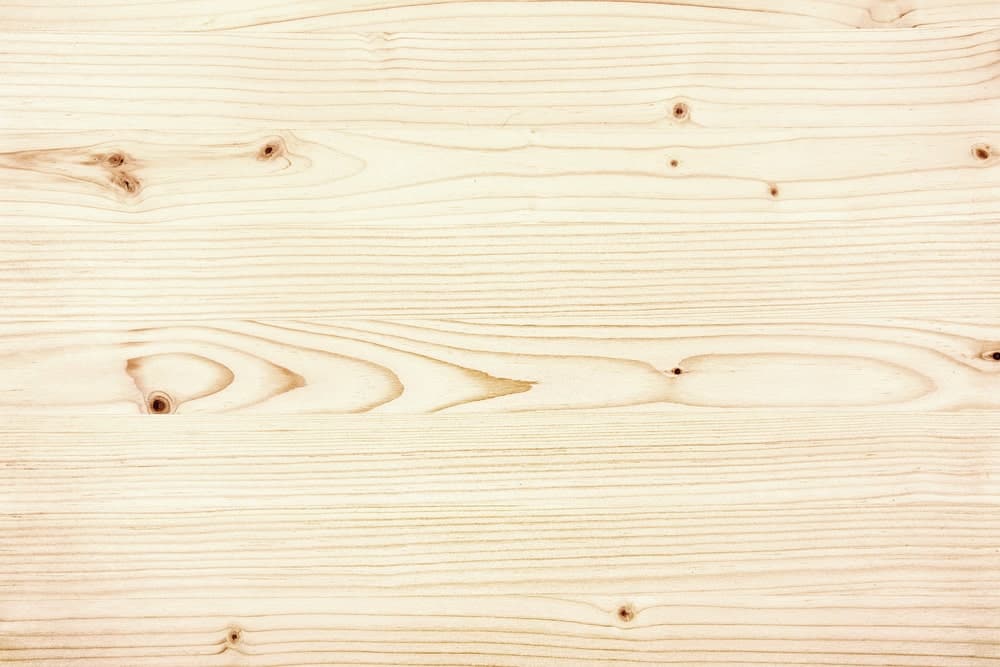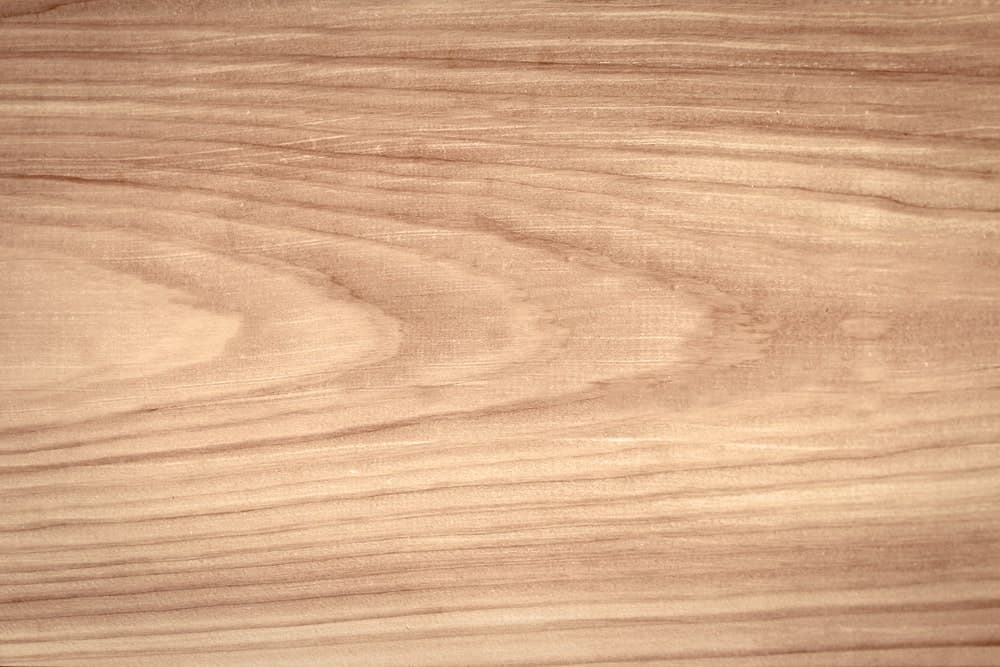
Lumber has been used for making fire, constructing houses, and manufacturing tools, weapons, and furniture for thousands of years now. With its centuries-old significance, the demand for lumber continues to grow and doesn’t seem to be slowing down anytime soon. That’s truly unsurprising considering how dependent our civilization is on lumber and all the benefits it brings us.
While Neanderthals are known for discovering the properties of lumber that make it suitable for heating, it wasn’t until the sixteenth century that British industries started using lumber in bulk for powering their production. In 1543, the parliament passed an act allowing the cutting of lumber at a staggering rate to fulfill basic everyday needs.
The hype created around lumber led to an increase in its prices which made its availability restricted to only the cream of society. Soon enough, lumber began to be used for constructing places like homes, churches, cabins. This only became possible due to advanced tools and building supplies. At that time, wood became a popular material for making basic items like bowls, boxes, tools, furniture, etc.
It was only after the industrial revolution in the 18th century that the demand for lumber increased more than ever before and was supplied in large scales to all parts of the world. Did you know that before the civil war, 90% of the nation’s energy and transportation demands were generated by lumber?
It is due to technological advancements that lumber reached remote areas and was used for different purposes by people who couldn’t get a hold of it before. It is hard to deny the importance of lumber, given that it has countless uses. Anyone who has used lumber for making a fire will know that it comes in two types: softwood and hardwood.
Each of these types is further divided that we have discussed in detail below. So, continue reading this blog post for profound insight.
Related: Types of Mahogany Wood | Types of Cherry Wood | Types of Beech Wood | Types of Acacia Wood | Types of Ebony Wood | Types of Alder Wood | Types of Teak Wood | Types of Tiger Wood | Types of Hickory Wood |What is MDF Board
Anatomy of a Lumber
Lumber Patterns

Lumber Cross-Section

Types of Plies

Plywood Dimensions

Two Types of Lumber
As stated above, lumber is categorized into two major types – hardwood and softwood. Let’s deal with both of them separately in detail here.
Hardwood
Hardwood is a type of wood that is produced from evergreen trees, like broad-leaf or deciduous trees. These woods are derived mainly from the trunks and branches of trees and are visually quite appealing. Owing to its attractive physical appearance, varied color ranges, and high quality, hardwood is mainly used for constructing furniture, cabinets, doors, and flooring.
As compared to softwood, hardwood is of higher density, is costlier, and has a low growth rate. A visit to a quality carpentry company will make you realize that they prefer to use hardwood for its durability and longevity.
Ironically, hardwood is not hard at all; on the contrary, it has a soft texture, especially when compared to softwood. Most hardwoods are locally grown in Midwest of the United States. You can find hardwood in numerous kinds; some of them are discussed in detail below:
Balsa Wood
Balsa wood happens to be the softest and lightest type of hardwood, grown naturally in the humid rain forests of Central and South America. For the production of balsa, the wood needs warm climatic conditions with a good drainage system and plenty of rainfall. Therefore, balsa wood is grown on the steep grounds between tropical rivers.
Balsa trees are produced in small numbers which are widely spread across jungles. While they are grown singly, these trees grow rapidly, taking only 6 to 10 years until they are ready to be cut out. In the end, these trees reach up to the height of 60 to 90 feet tall, with a diameter of 12 to 45 inches. If not cut in time, these trees become hard and begin to rot in the center.
Though balsa is light and soft, it provides efficient insulation against heat and sound. The wood can be used for a wide variety of uses where these properties are necessary. Essentially, the timber is white to oatmeal in color with pinkish hues to it.
Owing to its manageable weight, it is easy to work around balsa wood as you may not require heavy-duty tools like saws and sanders as you may require in case of other types of hardwood.
Oak Wood
In the United States, oak wood is the most popular lumber which is used in the making of traditional furniture and flooring. The reason why it is commonly used is because of its durability and high-end finish. This populous wood comes in plenty of colors. For instance, white oak tends to be beige or light brown, while red oak has pink to red hues to it.
Although this type of wood comes in a number of hues, it is still easy to identify oak wood by its typical grain pattern. Are you wondering how oak wood can come in so many appearances? That is because there is not just one type of oak tree. Research shows that there are over 60 varieties of oak trees in the United States alone.
It is also witnessed that oak wood changes its color over time; that’s due to exposure to oxygen and UV light. However, some may not notice the change as it is quite minute.
Some of the common purposes for which oak wood is used are for constructing furniture, cabinets, flooring, boats, barrels, wine caskets, and kitchenware. When looking for oak wood for any of these purposes, there are a few things that you will have to consider:
- Genuineness – is it a pure oak tree?
- Craftsmanship – is the piece built to perfection?
- Eco-friendly – is the wood sustainably grown?
- Durability – Does the wood provide high-end quality?
Maple Wood
As common sense suggests, maple wood is derived from the maple tree, grown in Asia, Europe, North America, and North Africa. Like oak wood, maple wood is also notorious for changing its color over time. This means that, with time, light-hued maple lumber will turn into a dark color due to exposure to oxygen and sunrays.
Owing to its longevity and strength, maple wood is used in the construction of high-end cabinets, flooring, furniture, and rooms/kitchen accessories. In order to recognize maple wood, remember that this type of lumber consists of a fine, even texture with straight or slightly curvy grains. Many people don’t know it but maple lumber comes in two major types:
Hard Maple
Hard maple refers to wood that is derived from species like “Acer Sacharrum” also known as “sugar maple”.
Apart from acer sacharrum, another species that is referred to as hard maple is “acer nigrum” which is synonymous with the Black Maple. This type of wood is derived from dicot trees and happens to offer a high durability level with a Janka value of 1450, making it one of the toughest domestic woods in furniture making.
Soft Maple
Like hard maple, soft maple is obtained from dicot trees and comes in many varieties around its native land.
There are plenty of soft maple woods; the most common ones being the silver maple, striped maple, bigleaf maple, red maple, and box elder. As compared to hard maple wood, this type of hardwood is softer in texture.
Walnut Wood
Distinctively known for their coffee or chocolate-y brown hue, walnut wood is native to North America. Along with darker hues that are in the center of the wood (heartwood), the lumber has lighter shades to it as well. For instance, it can be found in light tones of browns, purples, greys, and pinks. The outermost part of the tree, known as sapwood, is usually in a pale yellow or blonde shade. Hence, this wood is multi-toned in nature.
Unlike oak and maple wood, walnut wood lightens as they age. However, the change is not so dramatic and the original color can be maintained with oil finishing. You may find wood-makers using walnut wood for manufacturing carvings, knick-knacks, gunstocks, flooring, cabinets, and furniture.
Before investing in walnut wood, ensure that it is original as its pure form consist of straight grains along with some curves. Also, make sure that you buy this lumber from an authentic wood store or furniture wood maker.
Ash Wood
Ashwood comes in white to pale yellow/brown color with straight grains. This type of hardwood is native to the east coast and some regions of Canada. Due to its unique color, ash wood is one of the most attractive pieces, which is it is a great option for high-end furniture at homes, offices, and restaurants.
The wood is not only physically appealing but has many other characteristics like durability, lightweight, stain-absorbent, etc. There are a number of varieties of ash trees widely spread in North America but the most common ones are white ash and green ash.
Poplar Wood
Also known as tulip poplar and yellow poplar, poplar wood is widely distributed in the Eastern side of the United States. This wood comes in light cream to yellowish brown shade with light streaks of green and gray.
Poplar has straight grains with low gloss textures. Like many other types of hardwood, poplar wood tends to change its color with time due to overexposure to light. While it lacks striking appearance, poplar lumber is still used for making pallets, crates, and frames due to its low density and smooth surface.
Softwood
Softwood refers to a type of wood that is derived from gymnosperm trees such as conifers also known as Amborella.
Softwood is also a common choice among woodcarvers, furniture makers, cabinetmakers, and carpenters as it is strong, durable, and easy to work with. Some of the types of softwood are denser while others are lighter than hardwood.
Following are a few of the most popular types of softwood grown across the world:
Pine Wood
A strong, shock-resistant material, pine wood is a common choice among carpenters for making furniture. This wood is super strong and stiff which is why it can resist a great amount of shock. This wood comes in light texture, with creamy white or yellow shade to it. What makes pine wood different from others is the visible round grains that tend to be darker than the wood itself.
If you are into rusty, old-style furniture, then pinewood is the material you should consider. Over time, pine develops a “patina” that lends a country-like quality to the wood. As compared to hardwood, pinewood is quite affordable and demands less maintenance which is why it is bought and sold without any trouble.
Another great characteristic of pinewood is that pine trees grow at a fast rate so the trees that are cut down are replaced with new growth quite soon. They are typically grown well on farms and plantations and therefore have little to no impact on natural habitat. Many kinds of woods shrink or swell over time but that’s not the case with pinewood. This type of wood is resistant to such a form of change, even in humid or extreme weather conditions.
Fir Wood
It is the type of lumber that is most favored by constructors and builders of both commercial and residential houses and buildings. Owing to its strength and stiffness, fir lumber is also commonly used for building complex structures like bridges. Douglas fir wood is native to the Pacific Northwest. However, today, it is grown in various regions of the world.
Investing in fir wood won’t prove to be a disappointment as it is durable for a really long time. Some woods tend to crack or shrink as the moisture level shifts. However, Douglas fir wood is different in the sense that it maintains its original size and shape even when the season changes.
With its fine straight grains, fir lumber is a beauty at its best. When cut properly, the grain patterns are distinctive in their outlook. Another great reason for builders to invest in Douglas fir wood!
Redwood Lumber
Also known as Sequoia, Vavona, Coast Redwood, and California Redwood, this lumber ranges from a light pinkish brown hue to intense reddish brown. However, its sapwood comes in a pale white/yellow hue. You may come across this lumber having straight grains with wavy or curly figured pieces at times. As it ages, redwood lumber naturally changes into an aesthetic silvery gray shade. In order to maintain its original color, a carpenter must stain the wood during its first installation and then re-stained every few years.
While many cheap lumbers tend to rot over time, redwood lumber is different as it is durable and decay-resistant. Owing to its manageable size and weight, it is quite easy to work with this lumber with simple hand tools and machinery. Note that while working with this wood, the piece may give off a distinct fragrant.
Some of the most common purposes of redwood lumber include the construction of posts, beams, decking, furniture, trim, and musical instruments. Unfortunately, redwood lumber is on the IUCN Red List due to its reduction caused due to a lack of natural production and exploitation of the wood.
Cedar Wood
Mainly grown in damp areas, the production of cedar wood varies from region to region. For instance, white cedar is harder to find in the United States. However, Western red cedar thrives on the west coast of the United States.
Cedarwood is distinctively known for its delightful aroma which is why it is an important ingredient in perfumes, colognes, essential oils, fragrant soaps, body wash, etc. In addition to being known for its woodsy scent, this lumber is also famous for its insect-repelling quality. There are three popular types of cedar wood which you can find on any market:
Western Red Cedar
As the name implies, Western red cedar comes in pink to a reddish hue, combined with different colors like amber, cream, and brown. While this lumber has straight grains, these grains may flaunter and showcase wavy swirls.
Having only 350 Janka value, Western red cedar is super easy to cut with any woodcutting tool. That being said, this wood may land dents and scratches because of its soft texture.
Northern White Cedar
As compared to red cedar, northern white cedar is softer as it only consists of 320 on the Janka scale. Although it mainly comprises of white color, the shade of this lumber may vary from white to tan to brown. The grain is usually straight with small, round knots that may resemble birdseye maple.
Like Western red cedar, northern white cedar is easy to cut and work with. Owing to this specific reason, carpenters prefer investing in high-quality northern white cedar.
Aromatic Closet Cedar
While this type of lumber is similar to red cedar in its looks, it is entirely different in texture. It has finer and straighter grains as compared to white or red cedar.
Out of all the types of softwoods, aromatic closet cedar is the hardest wood with 900 on the Janka scale. Because of this, this type of wood is an ideal example of shock-resistance wood. In addition to that, it is also known for a great resistant to decay and insects.
Owing to its attractive colors like violet/brown with hints of yellow, some consider this type of lumber to be the most striking variety of cedar wood. Aromatic closet cedar often gives out a naturally sweet smell. Due to its fragrance, it is considered to be an ideal choice for line chests and closets.
Hemlock Wood
Hemlock lumber comes in two main types which are described as follows:
Eastern Hemlock
Also known as Canadian hemlock, eastern hemlock is widely found in eastern North America. Its heartwood exhibits light reddish brown color while sapwood pinkish hues. The texture of eastern hemlock is usually straight with uneven spirals or interlocks on it.
Truth be told, eastern hemlock isn’t the easiest lumber to work with. Usually, the wood splinters when being worked. Hence, extra attention needs to be given when cutting this type of wood. Some of the common things you can make out of eastern hemlock are pallets, crates, boxes, plywood, framing, etc.
Western Hemlock
Western hemlock is another type of hemlock lumber that is found on the Northwest coast of North America. Like eastern hemlock, its heartwood is light reddish-brown in color while the sapwood a tone or two lighter than its heartwood.
When it comes to grains, it is usually straight with a slightly uneven texture. The overall workability level is better than eastern hemlock. Bear in mind that western hemlock is a type of lumber that may cause skin allergy, runny nose, or respiratory issues. Its uses are similar to that of eastern hemlock as it can be used in the making of pallets, crates, boxes, plywood, framing, etc.
With so many types of lumber, it is always difficult to pick one whether you are constructing as big as a house or as small as a cabinet. If you’re looking for impeccable results, your best bet is to consult a wood advisory that can guide you well in this regard.

















